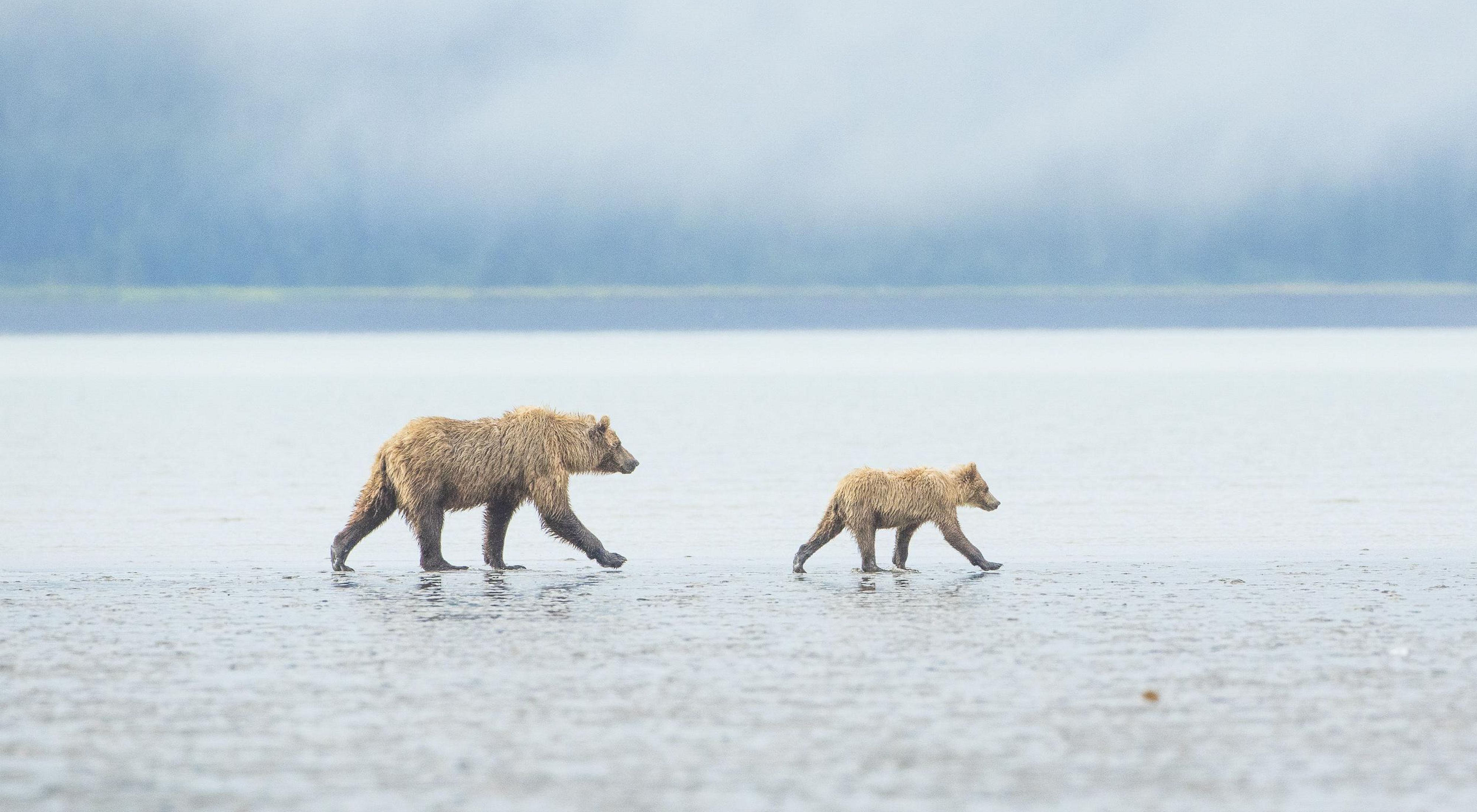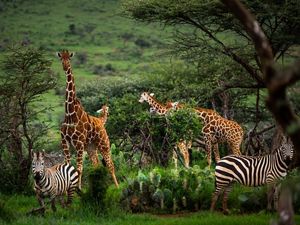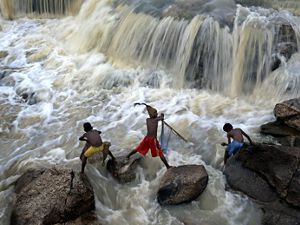As governments around the world struggle to come to terms with the systemic impacts of a pandemic that shows worryingly little sign of having run its course, we stand on the threshold of an era that promises to be defined by how humanity manages to regroup, rebuild and respond to what we all hope is a once-in-a-generation setback.
For those leaders to whom the responsibility falls of averting similar future outcomes, a number of policy priorities will likely be at the top of their to-do lists: strengthening economic resilience; tackling large-scale unemployment and inequality; rejuvenating dysfunctional healthcare systems— the list goes on. But how many decision-makers will immediately think of bolstering protection for nature as another key priority in mitigating against future pandemics?
Perhaps they should. We’ve long known that humanity’s exploitation of the natural world is far exceeding the planet’s ability to sustain societies. Now we’re living firsthand through a shocking demonstration of nature’s ability to bite back against this over-exploitation, in the form of zoonotic diseases—pathogens that make the leap from wildlife to people.

The socioeconomic impacts have been and will continue to be profound—not just here in the developed world, but far more so for those communities in developing countries that often lack not only access to basic healthcare, but also alternative income options when the flow of wealthy tourists suddenly dries up. Indigenous people—perhaps some of the greatest stewards for the protection of wildlife habitats on the planet—are particularly vulnerable, both medically and economically.
The problem is particularly acute for protected and conserved areas. As COVID-19 places unrelenting pressure on public finances and slashes tourism revenues, conservation budgets are typically curtailed, management capacity cut, boots-on-the-ground enforcement scaled-back, and surrounding communities rendered increasingly vulnerable to the lure of illegal wildlife trade, which can in turn also contribute to the spread of zoonotic diseases. Given that this is the first year of a decade many experts are calling our last to protect what’s left of nature on this planet, this situation clearly needs to change, and fast.
Yet there is hope. Science shows that, by putting effectively and equitably managed systems of protected and conserved areas at the heart of our development, not only can we help to drive the global recovery from COVID-19, but also make a real dent in a host of other major systemic challenges.
Think about that for a moment—one relatively simple policy commitment, ecosystem protection, has the power to simultaneously reduce the risk from future pandemics, recover many economies from the pandemic’s financial crisis, arrest accelerating species loss, mitigate against climate change, secure water supplies, safeguard Indigenous communities, and sustain rural economies. Put simply: protection is nature’s vaccine, and one that we need to deploy around the world for the benefit of all species, including our own.
Quote
By putting effectively managed systems of protected areas at the heart of our development, not only can we help to drive the global recovery from COVID-19, but also make a real dent in a host of other major systemic challenges.
Recently my colleague at The Nature Conservancy (TNC), James Fitzsimons, and I had the privilege of contributing to a paper that set out to highlight the impacts of the pandemic on protected and conserved areas, and the potential of these special places to help societies recover. Published in the journal PARKS and boasting co-authors from a host of global conservation and academic hubs, our paper (which you can read in full here) examined evidence of COVID-19’s immediate economic impacts in places like Nepal, where 483 recorded cases of illegal logging and harvesting in protected areas across the whole of 2019 exploded into 514 cases during the first month of lockdown alone.
Our study also looked in depth at how “gateway communities” on the peripheries of these places of special conservation importance have been impacted—a problem that has been especially stark in areas that were previously dependent on a tourism sector that essentially evaporated overnight once the pandemic hit (see here for example my colleague Matt Brown’s recent analysis of the distressing situation in Africa’s safari heartlands).
Our conclusions? Now, more than ever, the inextricable interrelationships between the health of our ecosystems and the health of human society are profoundly clear—and that, by extension, attempting to secure the latter without also addressing the former is a zero-sum game.
The team behind our study has a plan—a clarion call aimed at governments, businesses and communities across the globe, which focuses on the expansion, improved management and sustainable financing of the global network of protected and conserved areas that can safeguard not only the health of irreplaceable biodiversity, but our own health, too.
Our monthly insights, straight to your mailbox
Get our latest research, insights and solutions to today’s sustainability challenges.
Sign UpWe map a path forward comprised of three key elements.
Step one? We must rescue existing protected and conserved areas from COVID-19’s ongoing aftermath by implementing crisis management plans; securing emergency funding to maintain critical monitoring and protection efforts; and ensuring local environmental regulations aren’t relaxed in myopic attempts to boost economies.
Secondly, we must recover: restoring management capacity in conservation with an intensified commitment to connecting the many evidence-based physical and mental health benefits of protected areas into pandemic recovery plans.
Finally, we must rebuild: pursuing expanded networks of effectively and equitably-managed protected and conserved areas, mitigating the risk of future pandemics by tackling the global illegal wildlife trade; and ensuring the durability of protected areas through sustainable financing mechanisms that are more resilient to short-term shocks like loss of tourism income, which has been so profound during COVID-19.
Quote
Now, more than ever, the inextricable interrelationships between the health of our ecosystems and the health of human society are profoundly clear.
This ongoing pandemic has challenged the status quo of the global value and governance systems we too often take for granted. And though nature conservation alone cannot solve all these problems, ecosystem protection is an essential part of the solution.
While temperatures are taken of workers trying to return to their jobs, so too must we take the temperature of nature. We believe COVID-19 is as much a reflection of the state of the natural world as it is of the fault lines in our current socioeconomic and healthcare landscape. By tackling the root causes of environmental decline at its source—through the creation of an expanded global network of protected and conserved areas that are effectively, equitably, and durably managed— conservation can be part of the cure.
Global Insights
Check out our latest thinking and real-world solutions to some of the most complex challenges facing people and the planet today.





